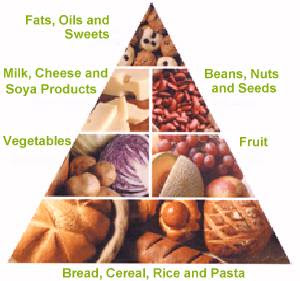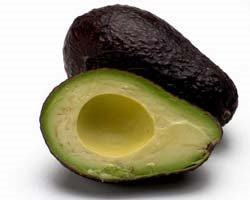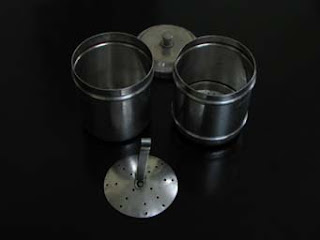Vegetarianism is a very healthy option, but it is very important to ensure that your food intake is well-balanced. A varied vegetarian diet supplies all the essential nutrients you need to be fit and healthy. A typical vegetarian diet closely matches dietary recommendations for healthy eating, being low in saturated fat and high in fiber, complex carbohydrates, and fresh fruit and vegetables. As a general rule, as long as you eat a variety of foods including grains, fruit, vegetables, beans, pulses, nuts or seeds, a small amount of fat, with or without the dairy products, your diet should be healthy and you will be getting all the nutrients you need.
This simple nutrition pyramid shows what types of food a vegetarian should eat and roughly in what quantity and proportion. Oils, butter and fats are at the top because we only need relatively small amounts. Bread, cereal, rice and pasta are at the bottom because we should eat these foods the most.
What You Should Eat Every Day on a Vegetarian Diet.
3 or 4 servings of cereals/grains or potatoes4 or 5 servings of fruit and vegetables2 or 3 servings of pulses, nuts & seeds2 servings of milk, cheese, eggs or soy productsA small amount of vegetable oil and margarine or butter.Some yeast extract fortified with vitamin B12.

Sources of Protein, Vitamins and Minerals for Vegetarians:
Protein Women need about 45g of protein a day -- more if pregnant, lactating or very active. Men need about 55g -- again more if very active.
Vegetarians obtain protein from: Nuts -- Hazels, brazils, almonds, cashews, walnuts, pine kernels.Seeds -- Sesame, pumpkin, sunflower, linseeds.Pulses -- Peas, beans, lentils, peanuts.Grains and Cereals -- Wheat (in bread, flour, pasta), barley, rye, oats, millet, corn, rice.Soya products -- Tofu, veggie burgers, soy milk.Dairy products -- Milk, cheese, yogurt.
Vitamins Vitamins are nutrients that the body cannot synthesize, either at all or in sufficient quantities. Only small quantities are needed in the diet. The main vegetarian sources are listed as follows:
Vitamin ARed, orange or yellow vegetables like carrots and tomatoes, leafy green vegetables and fruits like peaches. It is added to most margarine.
Vitamin BsThis group of vitamins includes B1 (thiamin), B2 (riboflavin), B3 (niacin), B6 (pyridoxine), B12 (cyanocobalamin), folate, pantothenic acid and biotin.
All the B vitamins except B12 occur in yeasts and whole cereals (especially wheat germ), nuts, pulses, seeds and green vegetables. Vitamin B12 is the only one which might cause some difficulty as it is not present in plant foods. Only very tiny amounts of B12 are in fact required and vegetarians usually get this from dairy produce and eggs. It is sensible for vegans and vegetarians who consume few animal foods to incorporate some B12 fortified foods in their diet. Vitamin B12 is added to some yeast extracts, soy milks, veggie burgers, bread and some breakfast cereals.
Vitamin CFresh fruit salad vegetables, all leafy green vegetables and potatoes.
Vitamin DThis vitamin is not found in plant foods, but humans can make their own when their skin is exposed to sunlight. It is also added to most margarine and is present in milk, cheese and butter. These sources are usually adequate for healthy adults. The very young, the very old and anyone confined indoors can compensate with a vitamin D supplement especially if they do not consume dairy products.
Vitamin EVegetable oil, wholegrain cereals and eggs.
Vitamin KFresh vegetables and cereals.
MineralsMinerals perform a variety of functions in the body. Some of the most important minerals are listed below.
CalciumImportant for healthy bones and teeth, with teenagers tending to need slightly more intake than adults. Found in dairy produce, leafy green vegetables, bread, tap water in hard water areas, nuts and seeds (especially sesame seeds), dried fruits, cheese, vitamin D helps calcium be absorbed.
IronIt is particularly important for teenage girls to ensure an adequate intake of iron. Iron is needed for the production of red blood cells. Found in leafy green vegetables, whole-meal bread, molasses, eggs, dried fruits, lentils and pulses. A good intake of vitamin C will enhance absorption of vegetable sources of iron.
ZincPlays a major role in many enzyme reactions and the immune system. Found in green vegetables, cheese, sesame and pumpkin seeds, lentils and wholegrain cereals.








